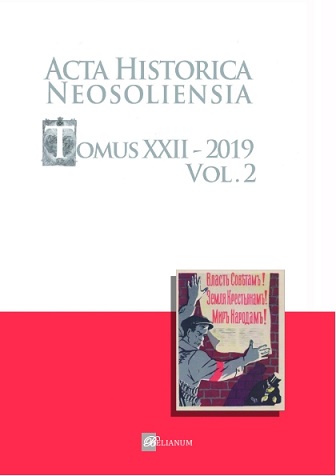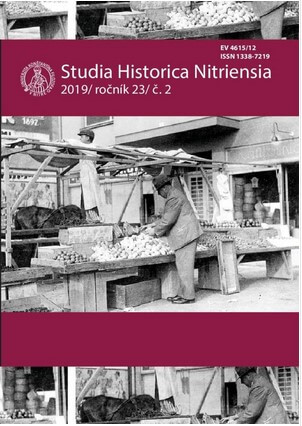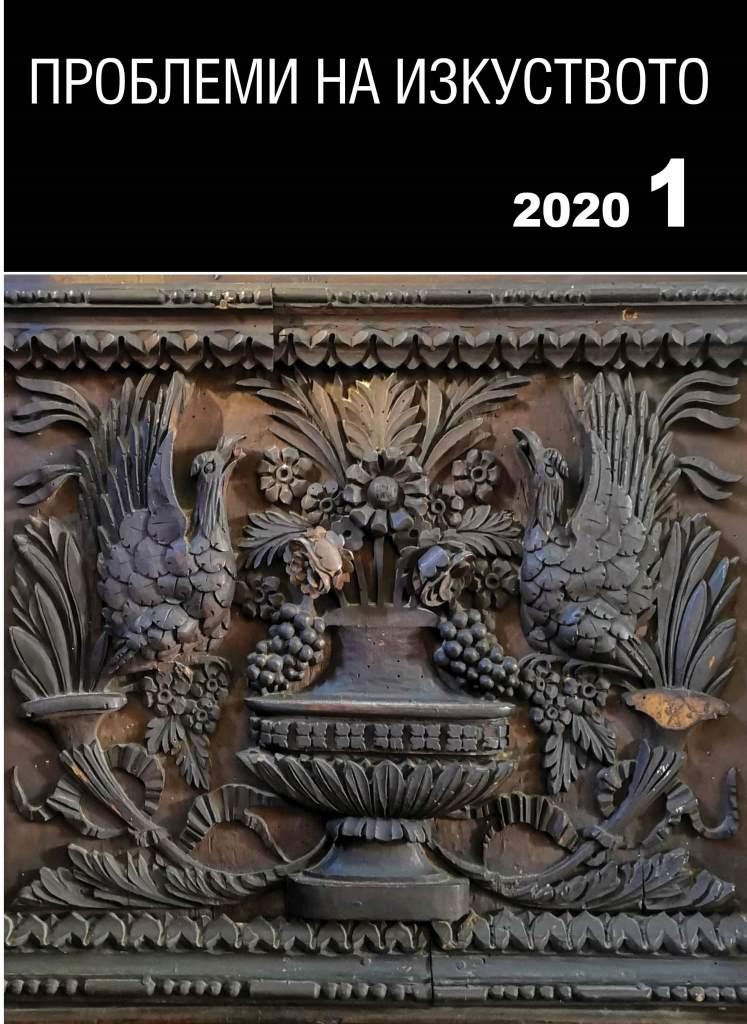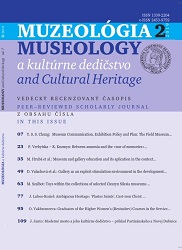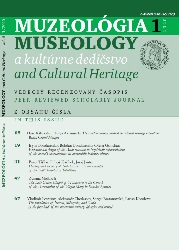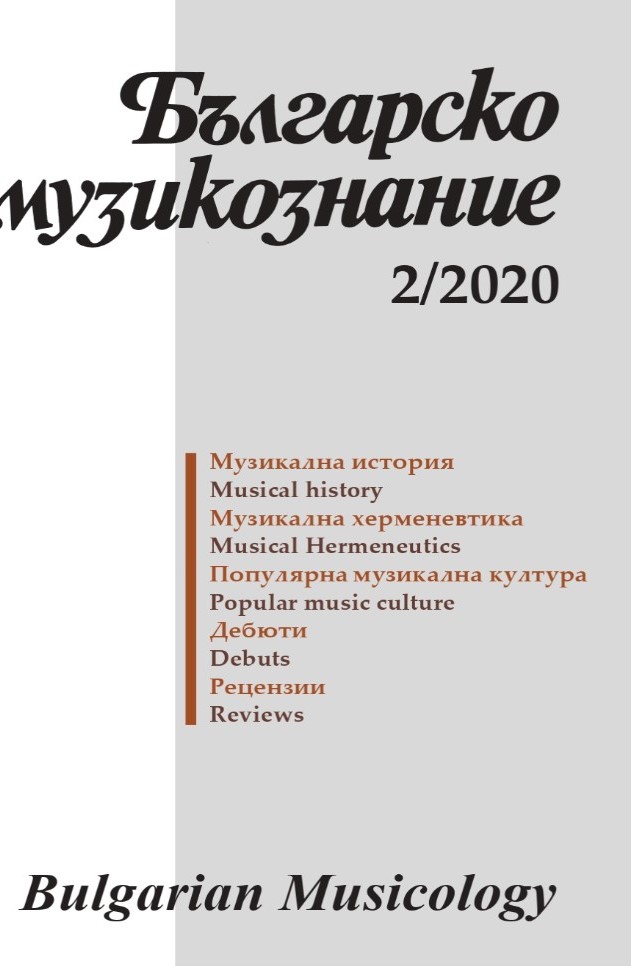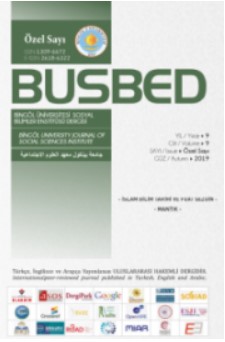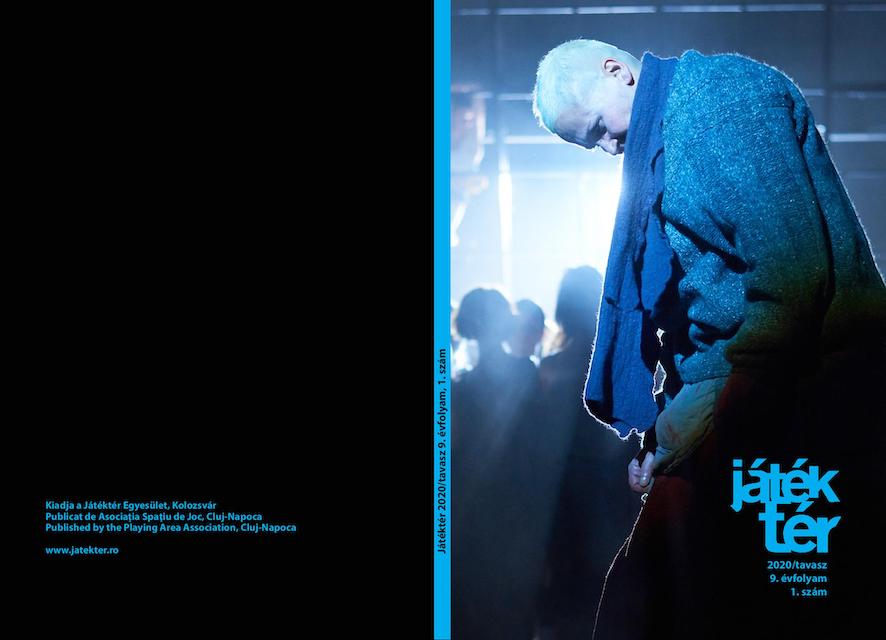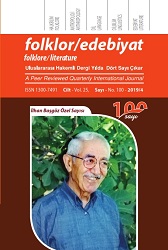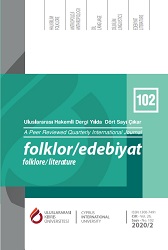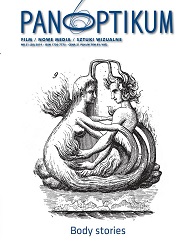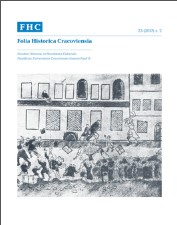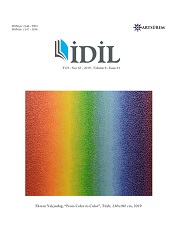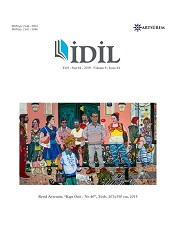Author(s): Magdalena Łanuszka / Language(s): English
Issue: 2/2017
The image of Christ as Salvator Mundi was painted with tempera on canvas without ground; it comes from the Cracow Cathedral and is currently kept in the Cracow Cathedral Museum. The painting had long been regarded as modern; it was only restoration and research prior the Wawel 1000–2000 exhibition which led to the conclusion that it is a late Gothic work and, at the same time, the only surviving medieval canvas painting from Lesser Poland. The findings of conservation studies were published by Małgorzata Schuster-Gawłowska, and the analysis of style and iconography by Helena Małkiewiczówna, who reported that the painting was probably inspired by the Netherlandish original. It seems that the image of Christ as Salvador Mundi, popular all over late 15th century Europe, in different variants, may originate from non-extant originals from the workshops of Jan van Eyck and Rogier van der Weyden – and it is on the basis of the latter one that the Cracow work had probably been painted. So far it has been dated back to around 1480–1490. It seems, however, that such dating is slightly too early. The dating of Christ’s figure and robes as modelled after the older original does not seem to be reliable (still, it is worth noting that Christ’s facial features are akin to the face of a figure in another Lesser Poland image, i.e. the Annunciation from Cięcina from the National Museum in Cracow), whilst stylistic analysis of the figure of the donor suggests early 16th century. Unidentifiable amongst Cracow clergymen, the founder, a 50 to 60 year old canon of the Jasieńczyk coat of arms, could simply have come from another centre – the fact that the picture was painted on canvas suggests, with high probability, that it had been earmarked for transport. Presumably, the donor could be identified as Jakub Karczewski of the Jasieńczyk coat of arms, a Płock canon and, since 1509, a canon custos of Warsaw Chapter, born ca. 1450, who studied in Cracow and who died after 1521.
More...
